Growing Demand for Enhanced User Experiences
Consumer expectations are evolving, leading to a growing demand for enhanced user experiences in the internet of-senses market. Businesses across sectors such as entertainment, retail, and education are increasingly adopting sensory technologies to create more engaging environments. In the UK, the market for immersive experiences is expected to reach £1 billion by 2026, indicating a robust appetite for innovative sensory solutions. This demand is pushing companies to explore new ways to integrate sensory elements into their offerings, thereby driving growth in the internet of-senses market. As consumers seek more personalized and interactive experiences, the market is likely to expand significantly.
Technological Advancements in Sensory Devices
The internet of-senses market is experiencing a surge due to rapid technological advancements in sensory devices. Innovations in haptic feedback, olfactory technology, and augmented reality are enhancing user experiences across various sectors. For instance, the integration of advanced sensors and AI algorithms is enabling more accurate and immersive sensory experiences. The UK market is projected to grow at a CAGR of 25% from 2025 to 2030, driven by these technological improvements. Companies are investing heavily in R&D to develop next-generation sensory devices that can simulate real-world experiences. This trend is likely to attract significant investment, further propelling the internet of-senses market forward.
Regulatory Support for Innovative Technologies
Regulatory support for innovative technologies is emerging as a significant driver for the internet of-senses market. The UK government has been actively promoting initiatives aimed at fostering technological innovation, particularly in the fields of AI and sensory technologies. This supportive regulatory environment is encouraging startups and established companies to explore new applications of sensory technologies. With funding programs and innovation grants available, the internet of-senses market is poised for growth as businesses leverage these opportunities to develop cutting-edge solutions. The alignment of regulatory frameworks with market needs is likely to enhance the overall ecosystem, facilitating advancements in sensory technology.
Rising Interest in Sensory Marketing Strategies
The internet of-senses market is benefiting from a rising interest in sensory marketing strategies among businesses. Companies are increasingly recognizing the value of engaging multiple senses to create memorable brand experiences. In the UK, studies indicate that sensory marketing can enhance customer retention by up to 30%. This trend is prompting businesses to invest in sensory technologies that can evoke emotional responses and strengthen brand loyalty. As more companies adopt these strategies, the internet of-senses market is likely to see substantial growth, driven by the need for innovative marketing solutions that resonate with consumers.
Increased Investment in Virtual Reality and Augmented Reality
Investment in virtual reality (VR) and augmented reality (AR) technologies is a key driver of the internet of-senses market. The UK has seen a notable increase in funding for VR and AR startups, with investments reaching approximately £500 million in 2025 alone. This influx of capital is facilitating the development of more sophisticated sensory applications that can be integrated into various industries, including gaming, healthcare, and training. As these technologies continue to evolve, they are expected to play a pivotal role in shaping the future of the internet of-senses market, offering new avenues for growth and innovation.


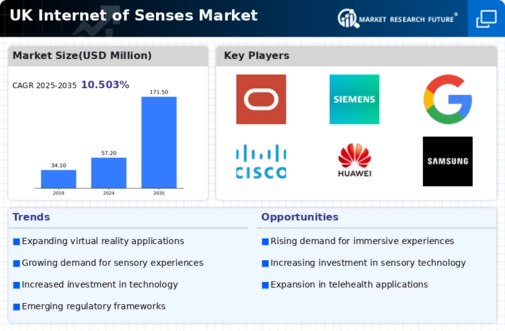
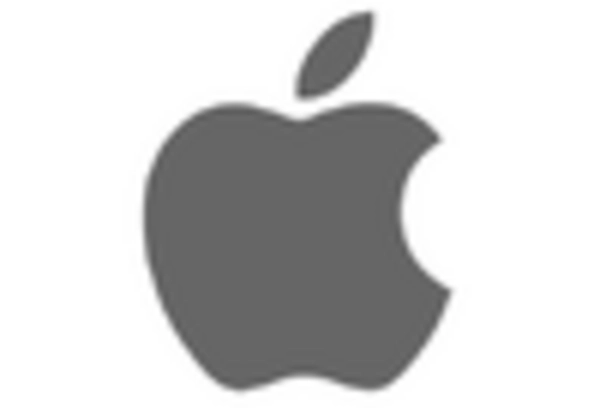

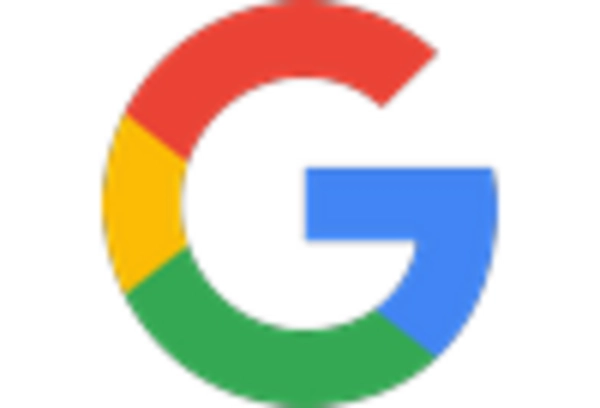

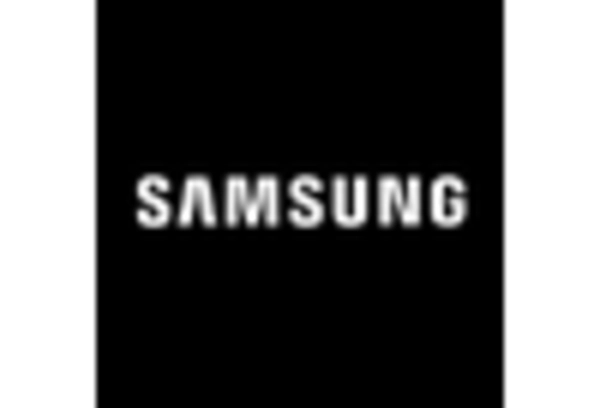
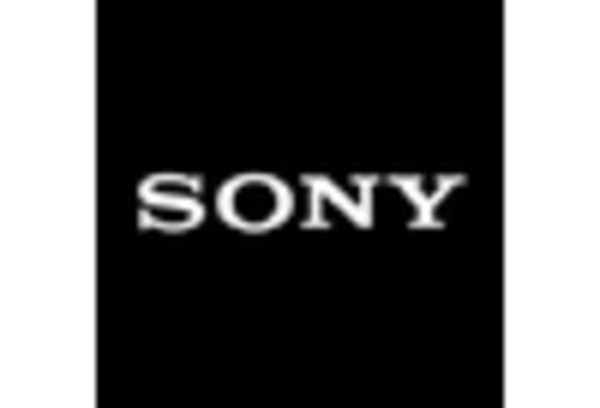








Leave a Comment